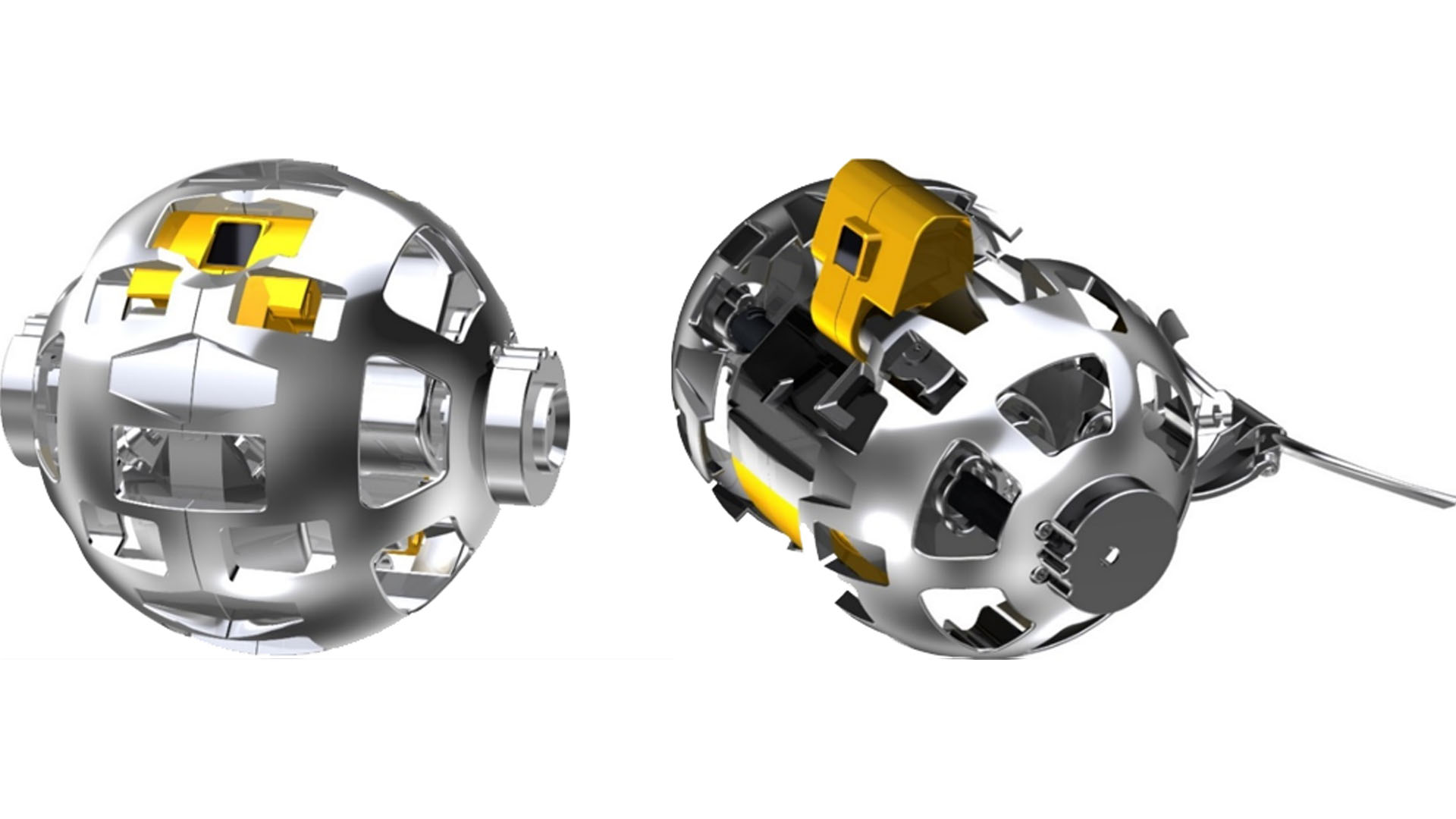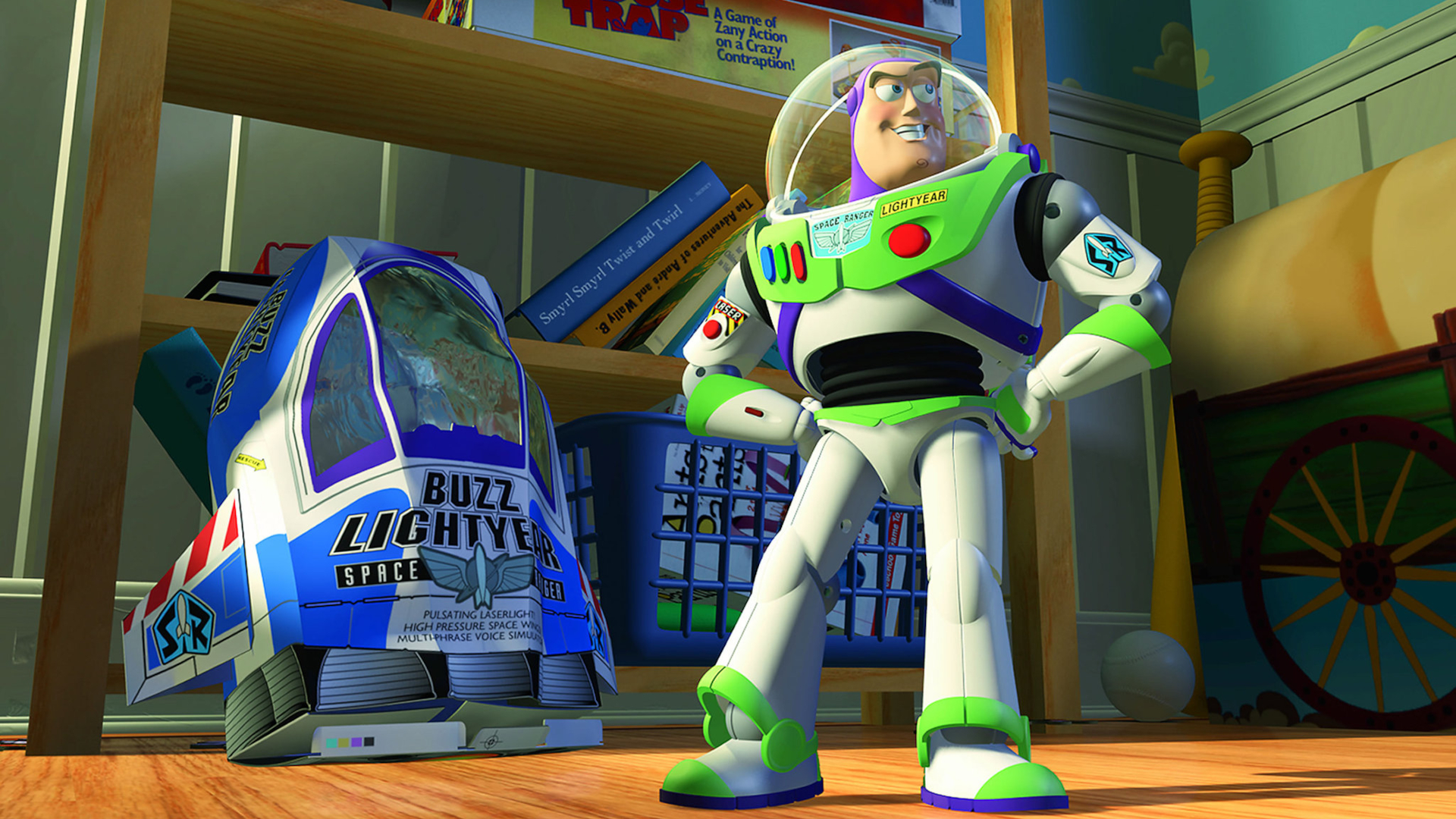Japan will send a transforming robot ball to the moon to test lunar rover tech

Japan plans to deploy a baseball-sized rover to explore the moon's surface in 2022.
The Japanese company ispace will deliver the small rover to the moon for the Japan Aerospace Exploration Agency (JAXA) using the commercial HAKUTO-R lander. JAXA will use the rover to snap pictures of the moon and collect data on lunar dust — a corrosive substance known to be tough on people and machines, the space agency said.
It appears JAXA's "transformable lunar robot" will be the second one carried on ispace's debut mission, as the company announced last month it would also deploy a rover from the United Arab Emirates, called Rashid. If the mission is successful, Japan and the UAE will join the small club of nations to successfully soft-land spacecraft on the moon, after the then-Soviet Union, United States and China.
Lunar timeline: Humanity's exploration of the moon
There are few details available now about the Japanese robot, which is still under development. The design, according to pictures and data provided in a JAXA press release, appears to be a 3-inch (80-mm) diameter sphere that opens to roll around on the lunar surface on two wheels.
"The transformable lunar robot will be an ultra-compact and ultra-lightweight robot that can traverse in the harsh lunar environment," JAXA stated. The robot's diminutive size and small mass of 250 grams, JAXA added, "contributes to a reduction in volume during transportation to the moon. Therefore, it is expected to play active roles in future lunar exploration missions as well."
The robot includes contributions from partners Sony, TOMY Company and Doshisha University, JAXA noted, adding the agency will "continue to conduct studies for realizing international space exploration by utilizing the lunar landing opportunities and technologies offered by commercial companies."
Breaking space news, the latest updates on rocket launches, skywatching events and more!
Representatives with ispace described the vehicle "a small-scale, two-wheeled rover" in its own press release. The company also said it will oversee "communication and operations during the robot's lunar surface exploration" from the lander.
Mission telemetry from ispace will also help with JAXA's plans to deploy "Lunar Cruiser", the company stated. Lunar Cruiser is a huge pressurized rover for astronauts that could be ready for moon driving by 2029. Possible research areas include automatic operations and driving technology, ispace stated.
JAXA previously used interplanetary roving technology on asteroid Ryugu in 2018 during the Hayabusa2 sample-return mission. Since the asteroid's low gravity makes traditional wheeled roving hard to do, Japan's HIBOU and OWL robots hopped on the asteroid's surface instead by using a "torquer" in their interiors, which sat on a disk-shaped turntable.
Japan's lunar robot announcement comes on the heels of two other major space rover projects made public just hours before.
Lockheed Martin and GM announced Wednesday (May 26) that they will team up to build a new astronaut moon buggy for the NASA Artemis moon-landing program, which may put people on the moon as soon as 2024. That same day, Canada announced plans to put a robotic moon rover on the surface by 2026, in partnership with NASA, amid other Canadian lunar project funding.
Follow Elizabeth Howell on Twitter @howellspace. Follow us on Twitter @Spacedotcom and on Facebook.

Elizabeth Howell (she/her), Ph.D., was a staff writer in the spaceflight channel between 2022 and 2024 specializing in Canadian space news. She was contributing writer for Space.com for 10 years from 2012 to 2024. Elizabeth's reporting includes multiple exclusives with the White House, leading world coverage about a lost-and-found space tomato on the International Space Station, witnessing five human spaceflight launches on two continents, flying parabolic, working inside a spacesuit, and participating in a simulated Mars mission. Her latest book, "Why Am I Taller?" (ECW Press, 2022) is co-written with astronaut Dave Williams.

